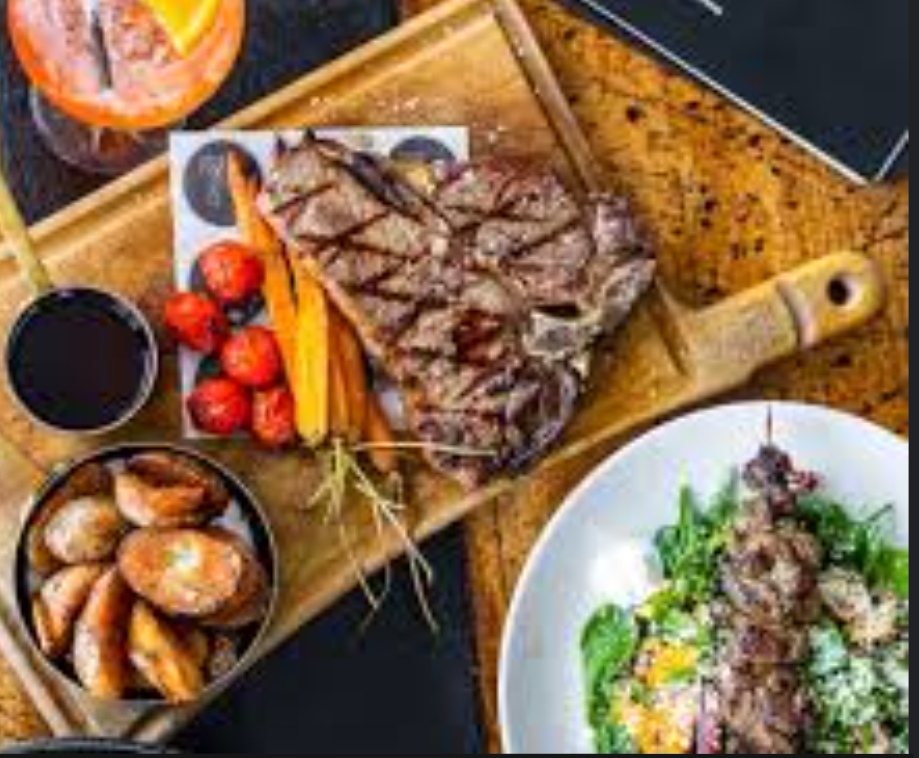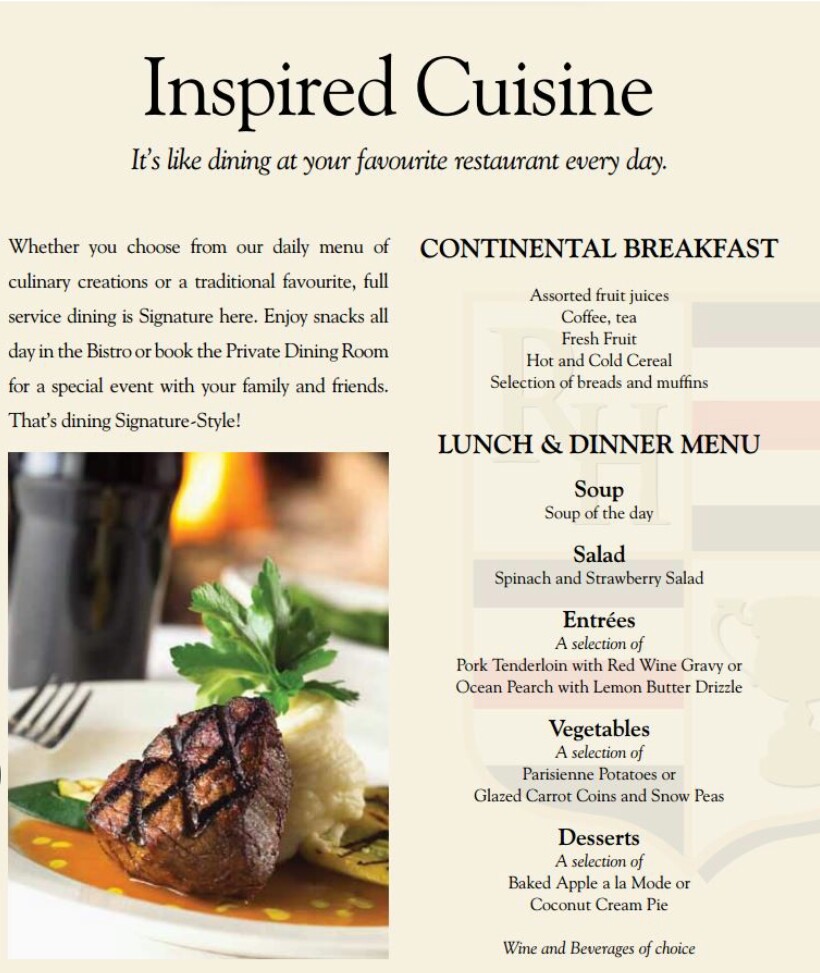Author :Chef Ssentongo Geoffrey
Profitable Restaurant Food Menu & Calculating It’s Recipes




Setting a profitable restaurant food menu and calculating its recipes involves several factors and considerations. Here are some steps to help you with the process:
- Research target market: Conduct market research to understand your target audience’s preferences, current food trends, and pricing expectations. Identify the type of cuisine that will best resonate with your target market.
- Analyze competition: Study your competitors to identify gaps in the market and to differentiate your menu offerings. Look for unique dishes or signature items that can set you apart.
- Determine pricing strategy: Determine your overall pricing strategy by considering factors such as ingredient costs, operational overheads, and desired profit margins. Balance affordability with perceived value to attract customers while ensuring profitability.
- Create a balanced menu: Aim for a diverse and balanced menu that appeals to a wide range of tastes and dietary restrictions. Offer a variety of appetizers, main courses, sides, desserts, and beverages. Include vegetarian, vegan, and gluten-free options to cater to different dietary preferences.
- Product costing and menu engineering: Calculate the cost of ingredients required for each recipe. Consider portion sizes, ingredients used, and any additional costs such as garnishes or condiments. Determine the selling price by considering the food cost percentage, which is typically around 30-35% of the selling price.
- Test and refine recipes: Thoroughly test and refine your recipes to ensure they are consistent, delicious, and aligned with your target market’s preferences. Balance cost-effective ingredients with quality and taste to maintain profitability.
- Monitor and update pricing: Continuously monitor ingredient costs, customer feedback, and market trends to evaluate and update your pricing. Regularly review and adjust prices to maintain profitability and remain competitive.
- Monitor profitability: Analyze your sales data regularly to determine the profitability of individual menu items. Identify dishes with higher profit margins and promote them further, while re-evaluating underperforming items.
- Optimize menu layout: Utilize menu engineering techniques to strategically position profitable items on your menu. Highlight signature dishes, chef’s recommendations, or dishes with higher profit margins to encourage customer selections.
- Engage with customers: Seek feedback from your customers to understand their preferences, satisfaction levels, and any requests or suggestions. This feedback can help in fine-tuning your menu and recipes to increase customer satisfaction and loyalty.
Remember that profitability should not compromise the quality and taste of your food. Strive for a balance between profitability and customer satisfaction to ensure the long-term success of your restaurant.


Please, Follow, comment and share to your friends so that you cannot miss any post from our website
We always provide recipes and ideas for restaurant owners and those who want to to start restaurant business
Visit our website below

Leave a comment